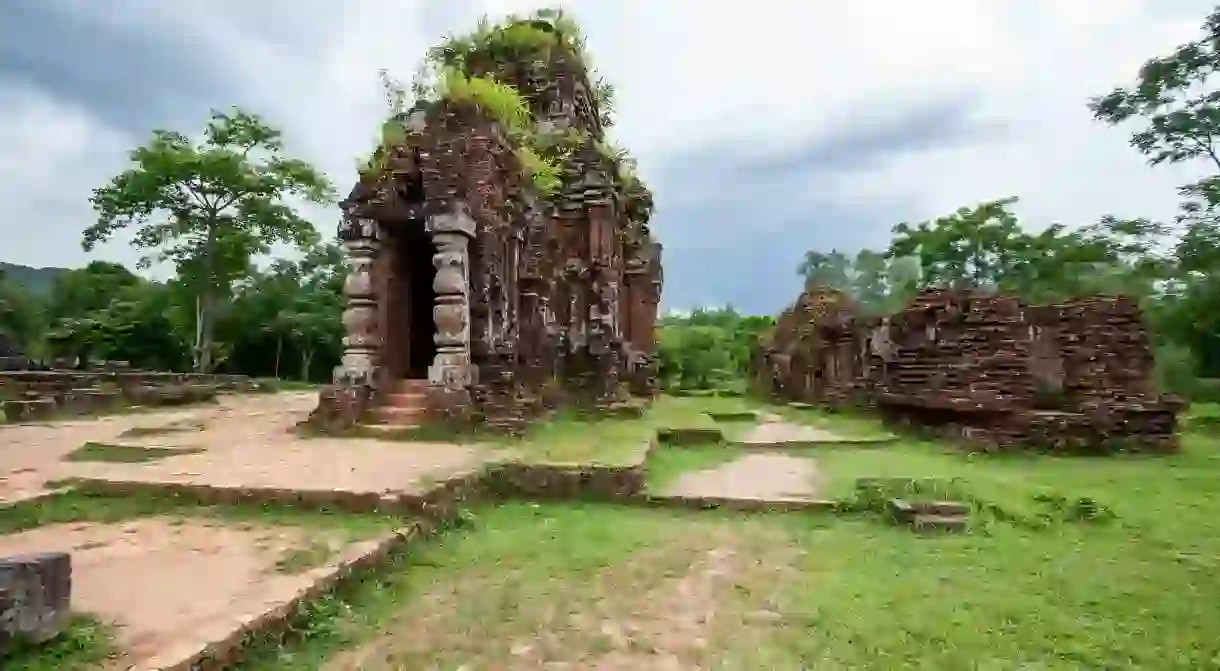Lạc Việt: The Myth of Vietnam's Forbidden Kingdom

Vietnam has a long, fascinating, mythical history that traces back thousands of years to the formation of the mysterious Lạc Việt kingdom. It is unclear precisely where the first Vietnamese people came from, leading many to ruminate about their origins.
Ancient tribes
Historians estimate that the first Vietnamese people originally inhabited land in southern China as Yue peoples, or non-Chinese peoples. There is much speculation as to where these ancient tribes first came from; some believe the Vietnamese are mixed descendants of the Mongols, or the Han Chinese. “Lạc” roughly translates to “lost” and is used to refer to ancient Vietnamese history, meaning the origins of the Lạc Việt are a lost piece of the past.

Modern myths
It’s said that these ancient tribes were led to inhabit what is now Vietnam by the Chim Lạc – a giant, crane-like bird that appeared to the ancient Vietnamese and guided them through a difficult on-foot journey to northern Vietnam from southern China. Historians believe this mysterious bird was later depicted on the elaborate bronze drums from the northern Vietnamese “Dong Son” culture that flourished during the Bronze Age (while others suggest it is a common crane seen in Vietnamese rice fields).

The myth is that these Yue people took the name of this bird for their clan and called themselves the Lạc Việt in its honor. Interestingly, the Chim Lạc depicted on the bronze drums looks strikingly familiar to the crane statue inside Hanoi’s Temple of Literature.
The Lạc Việt kingdom
Although the origins of the first Vietnamese are unknown, it is clear these ancient cultures flourished. The Lạc Việt built a strong kingdom living off the fertile lands. They became expert fisherman and successfully cultivated the land, sowing the seeds for generations of Vietnamese to come. Historians believe their society was feudal, ruled by a king (said to also be called Lạc Việt) who divided land and houses according to clan member’s social status. The King and his family are said to have lived in a large manor forbidden to any lower-caste tribesman.

Over time these ancient Vietnamese moved towards the central highlands. This is where the ethnic Mường people, considered to be the only surviving descendants of the early Vietnamese, still live a traditional lifestyle. The Mường originally lived by a feudal system of nobility over the peasant class (much like the Lạc Việt are considered to have organized their society) but private ownership of land has slowly replaced ownership by the nobles.
Vietnamese origin tales
According to the Vietnamese people’s origin story, all Vietnamese are descended from the marriage of Lạc Long Quân—the dragon lord—and Âu Cơ, the fairy goddess. Âu Cơ gave birth to a sac containing one hundred eggs, each growing into a handsome, intelligent, strong Vietnamese man. The lovers eventually parted; Âu Cơ returned to the mountains and Lạc Long Quân to the sea, each bringing with them 50 sons who would learn how to cultivate the land and become expert fisherman. This leads to the theory that the Lạc Việt could be the first descendants of Lạc Long Quân and Âu Cơ.
Whether the legends are true or not, historians simply do not know. The origins of the Vietnamese may be shrouded in mystery forever, but the enchanting tales and legends will continue to be passed down for generations to come.













